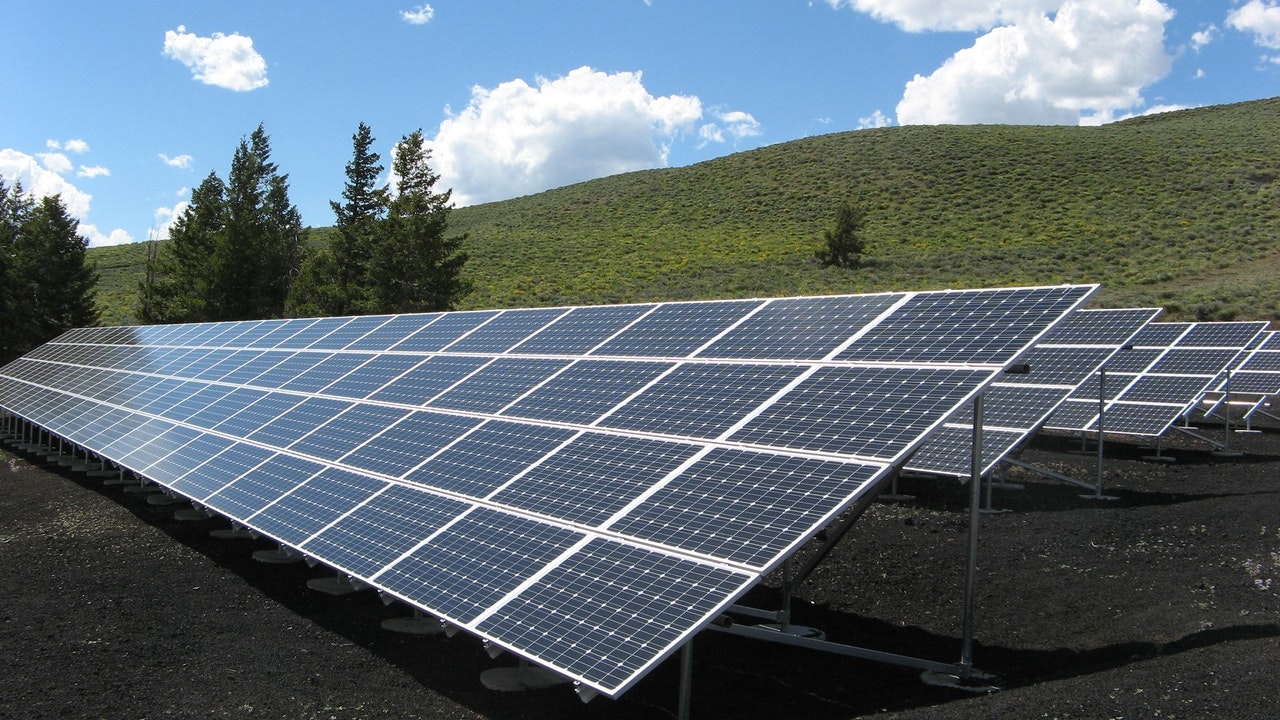- May 26, 2022
Lithium-ion vs. AGM batteries—Which one works best for solar?

With the rising demand for renewable energy, wind and solar are blossoming as resource-efficient ways to produce electricity. Given that more people than ever before are getting their hands on a smartphone, it only makes sense that solar power has become the leading source of modern grid-tied energy. The problem is that most people are not yet aware that there are two major types of batteries in use for keeping our homes and businesses running: lead-acid and lithium-ion.
The key difference is how well each type works for storing solar energy. Lithium-ion vs. AGM batteries: Which one works best for storing solar? In this article, we’ll be looking into the pros and cons of lithium-ion and AGM batteries to see which one works better with solar.
AGM Batteries
The acronym AGM stands for absorbent glass mat and is a type of lead-acid battery. The “absorptive glass mat” part refers to a porous material used to construct these batteries that helps prevent the electrolyte from spilling out. AGM batteries are generally considered more efficient than conventional lead-acid batteries, but they do have some drawbacks.
Advantages:
- They can be mounted in any position. This makes them ideal for off-grid systems where you may not have easy access to the battery compartment.
- They can tolerate frequent charging cycles without damage and are less likely to overheat than other types of lead-acid batteries.
- They can be installed in any orientation, making them easier to install in a room. No need to worry about which way they should face.
Disadvantages:
- They are more expensive than other types of lead-acid batteries, though this cost difference is usually not significant enough for most homeowners or businesses to notice or care about it compared with lithium ion batteries.
- Since they contain glass mats inside them, they cannot be mounted on their sides like other types of lead-acid batteries. If you want solar panels on your roof, you’ll have to choose between AGM batteries or standard lead-acid batteries.
- They are not as durable as other types of lead-acid batteries and can only tolerate a limited number of discharges before they are damaged beyond repair. You should not discharge them below 50% capacity.
Lithium-Ion Batteries
These are expensive batteries, which are also quite powerful and lightweight, making them perfect for use in high-tech devices like laptops, cell phones, and electric cars. These are available in many shapes and sizes, but the most commonly used in electric RC airplanes and cars are the round, three cell LiPo battery packs that come in a variety of voltages, including 3S (11.1v), 4S (14.8v) and 6S (22.2v).
Advantages:
- They hold their charge for much longer than other batteries (sometimes months) without discharging them, so they are perfect for devices that are not used often.
- They do not suffer from the “memory effect” like NiCad or NiMH batteries do, which means you can charge them without having to worry about it affecting their performance later on.
- They are safer than other types of battery chemistry because there is no acid inside the cells that can spill or catch fire if damaged or overcharged. This means you don’t have to worry about the batteries leaking acid if you crash, get caught in a rainstorm or even if the pack is somehow damaged.
Disadvantages:
- They do not perform as well as LiPo batteries when discharged for long periods in applications that require a lot of power, such as high-drain devices.
- They are more expensive than other types of battery chemistry. This makes them less ideal for applications where every ounce counts, and the total cost must be considered.
- They are not as safe to use as other types of battery chemistry because they contain a flammable electrolyte that can catch fire if damaged or overcharged, so they should still be handled with care.
Which one works best for solar?
In conclusion, if you want to use a solar-charged battery system, AGM batteries are the way to go. They don’t need maintenance like flooded batteries, and they can be used in any position. This makes them a better fit for solar applications. On the other hand, solar Lithium-ion batteries are more expensive than AGM batteries, and they can’t be used in any position, so they’re not ideal for solar applications.
